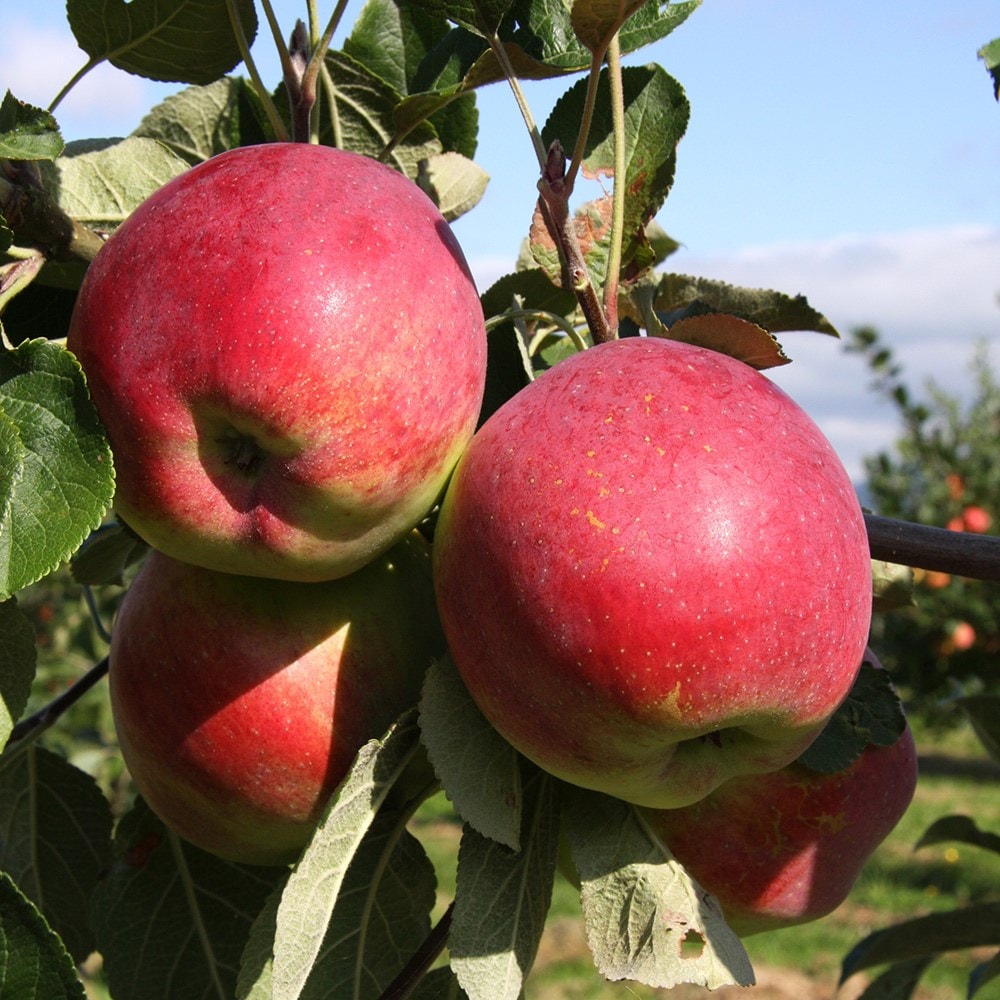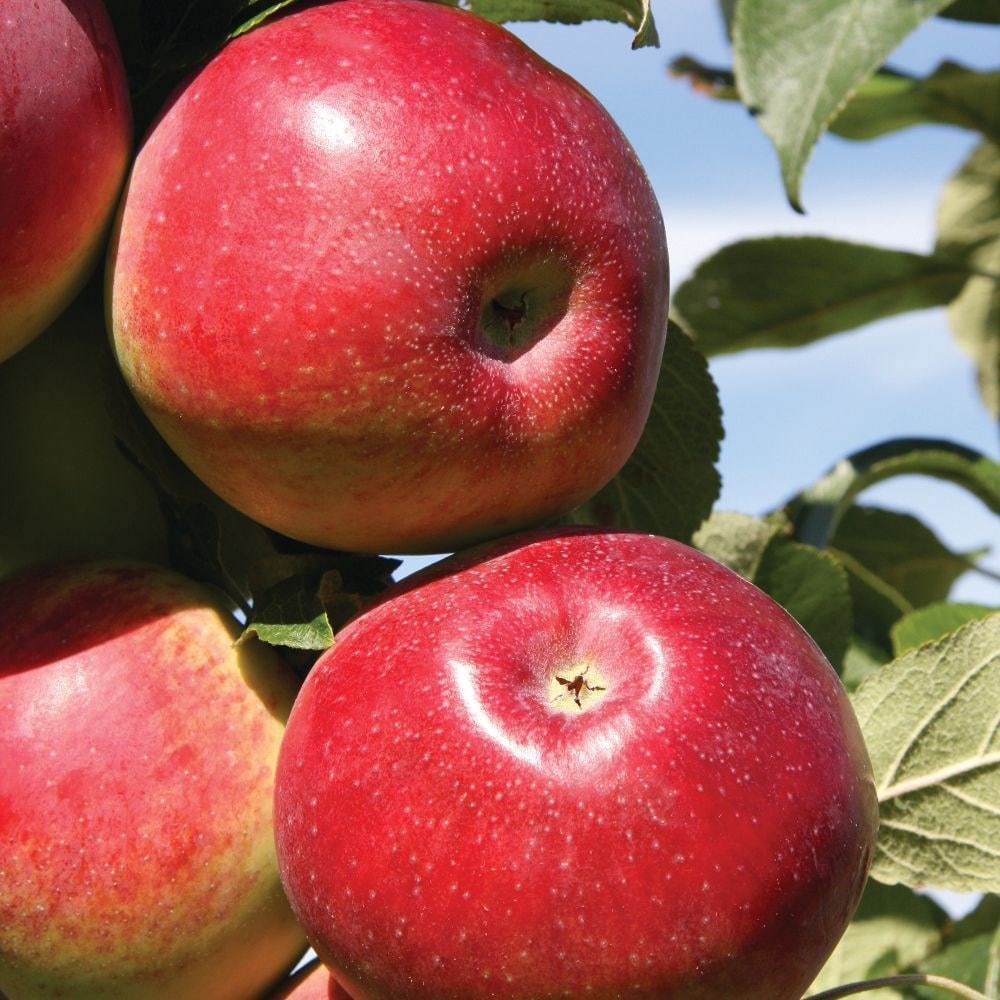apple Eden ('Sjca38r6a74')
dual purpose eating / cooking
- 11.5 litre pot | M27 root stock | 1.2m
- £124.99
- In stock (shipped within 3-5 working days)
- 12 litre pot | M26 root stock | 1.5m
- £149.99
- In stock (shipped within 3-5 working days)
Delivery options
- Standard £7.95
- Position: full sun
- Soil: moderately fertile, moist but well-drained soil
- Rate of growth: average
- Flowering period: April to May
- Hardiness: fully hardy
Only recently introduced, this new Canadian-bred apple can be eaten straight from the tree, or used for cooking. Its cream-coloured flesh is crisp, aromatic and delicious - and unlike other apples, it does not turn brown after being cut. This makes it ideal for cheese boards, fruit salads, or juicing, and if cooked, it will form a sweet, near-white puree.
Pollination information: This apple belongs to pollination group 3, so you will need to plant one other different variety of apple to guarantee cross pollination, and a subsequent bumper crop. Ideally this should come from the same pollination group, however it is possible to use one from group 2 or 4 as well.
Pollination information: This apple belongs to pollination group 3, so you will need to plant one other different variety of apple to guarantee cross pollination, and a subsequent bumper crop. Ideally this should come from the same pollination group, however it is possible to use one from group 2 or 4 as well.
When planting your apple tree, prepare a hole up to three times the diameter of its root system. Fork over the base of the pit in readiness, incorporating plenty of organic matter into the backfill and planting hole. Avoiding frozen and waterlogged soil, trees should be planted out as they arrive. If you've ordered a bare root tree, soak the roots in a bucket of water for half an hour prior to planting - or if this is not possible, they can be heeled in temporarily, covering their roots with soil, or potted up. Once in the ground, stake firmly and keep the base weed-free. Apply a balanced fertiliser in early spring to support growth and fruiting and provide regular watering during hot, dry spells. The main winter prune, avoiding frosty conditions, involves removing dead, dying, and diseased wood to create an open crown. Additionally, reduce leaders and laterals by a third to establish an airy structure without crisscrossing branches. In August, summer prune by shortening side shoots longer than 20cm (8”) back to three leaves, promoting fruit ripening and encouraging more fruit buds.


